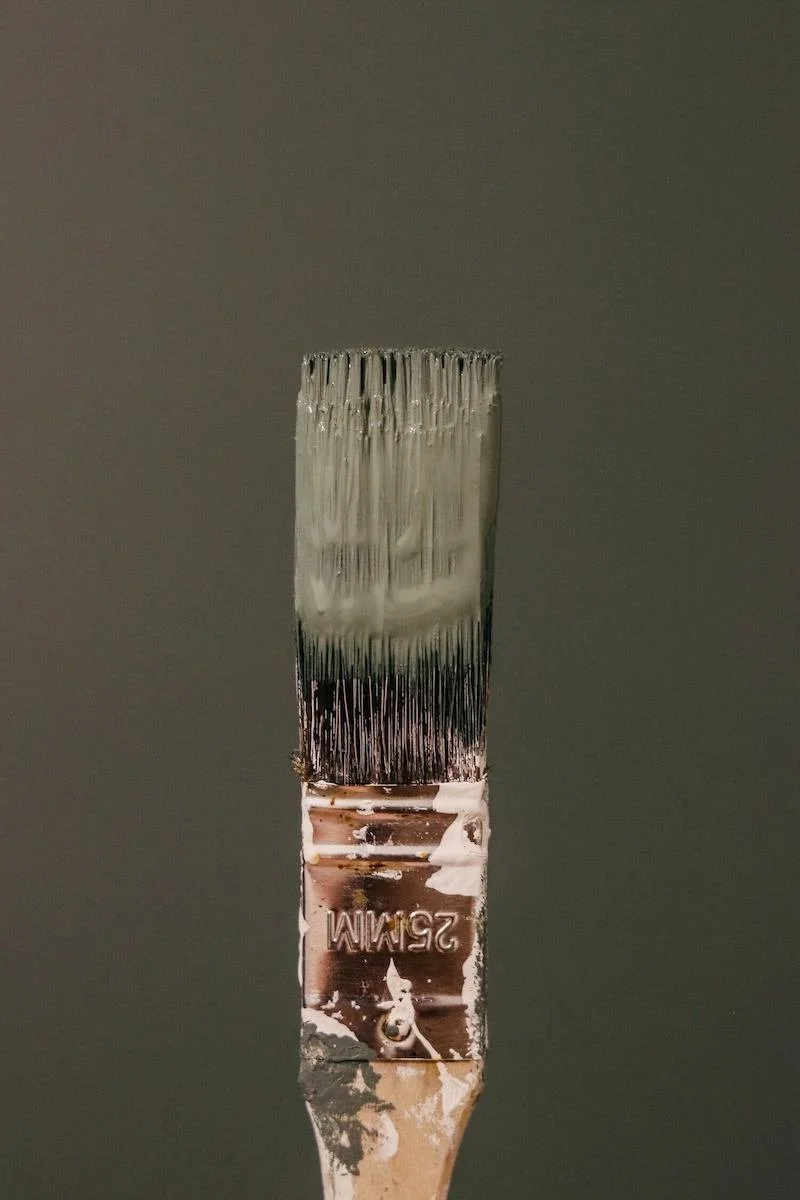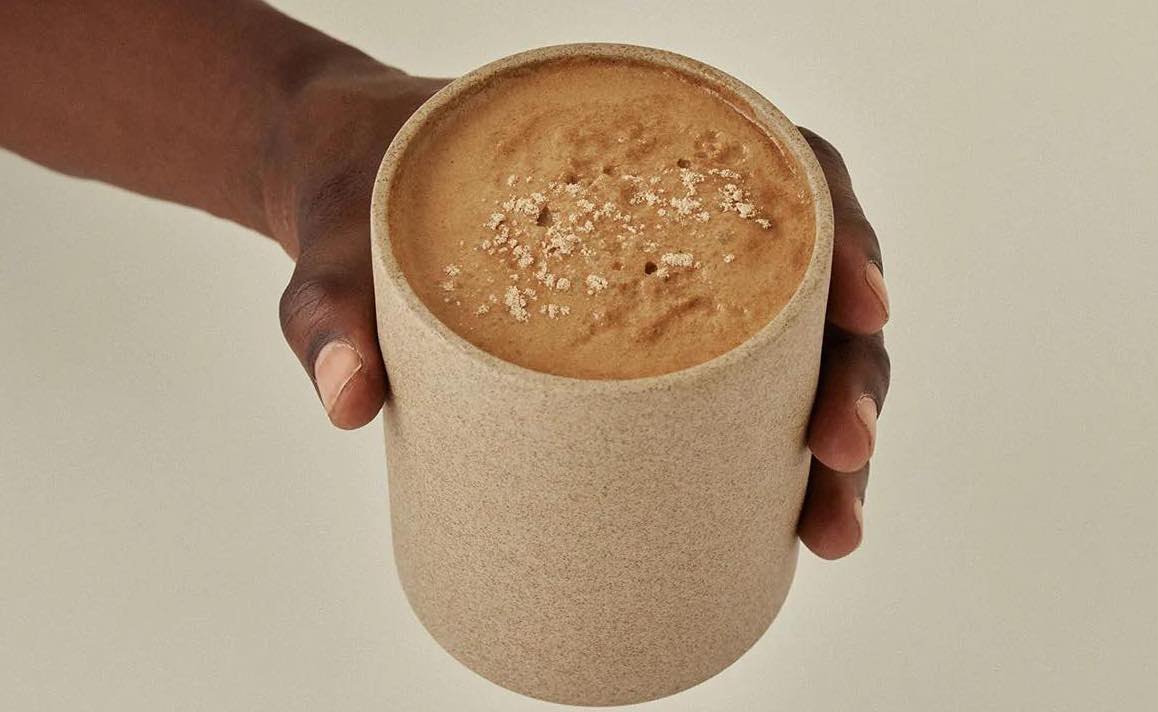What's The Deal with Microplastics in Clothing?
Microplastics seem to be a topic of growing conversation in regards to clothing.
So what are microplastics and why are microplastics in our clothes? And how are microplastics from our clothes harming the environment? Let’s discuss & see how we, as conscious consumers, can take action!
This post does contain some affiliate links which means The Honest Consumer may receive a commission if you decide to purchase, however, at no additional cost to you!
What are microplastics & why are they in my clothes?
Basically microplastics are what they sound like…tiny pieces of plastic.
How Are Microplastics in Clothing?
Clothing made with synthetic fibers such as polyester, nylon, and acrylic have plastic in them. Specifically a lot of our athleisure wear, such as leggings, are crafted using these synthetic fibers.
Microplastics are typically released when washing garments made from these synthetic fibers.
As Vox states “synthetic fibers come off in the wash — but they’re so small, and there’s no filter inside the machines to catch them. Instead, these tiny plastic fibers pass through to sewage treatment plants, which often don’t have filters fine enough to catch them. (And if they do, the fibers may end up in another sewage byproduct: fertilizer.) Treated wastewater is then often dumped into rivers or the sea, carrying plastic clothing fibers with it, as a 2011 study found.”
How do microplastics effect the environment?
When we wash clothing made with synthetic fibers the fibers start to wear down and release microplastic into the water. Due to the tiny size of these plastic pieces they are not filtered out, but instead head into the sea and waterways.
These can contaminate sea life…..so yes, in the long run we could be eating our own clothes….weird. National Geographic reports that microplastics have been detected in marine organisms from plankton to whales, in commercial seafood, and even in drinking water.
How can I prevent microplastics from my clothes from entering water ways?
As a conscious consumer I don’t want you to throw out all those clothes made with synthetic fibers because we must value what we have….and if you throw them out that would contribute to the waste problem.
So what can you do?
A lot of it has to do with how you wash your clothes.
Microplastic Catchers: Consider purchasing a micro plastic catcher for your washer. There are plenty of options and price points such as the a Cora Ball Microfiber Laundry Ball or Guppyfriend Washing Bag.
Wash less often: Try wearing your clothes a few times before you actually throw it in the wash. As long as you’re not sweating you can definitely rewear your garments a few times before washing. This also helps preserve the overall quality of your clothing and makes it last longer.
Hand wash: By hand washing our clothes, we’re taking a more gentle approach than the traditional laundry machine. Due to the gentle nature of hand washing, this typically helps keep the fibers in tact for longer, releasing less microplastic. And because of the gentle nature of hand washing this can help your garments last longer.
Is recycled polyester sustainable? Does it give off micro plastics?
Recycled polyester is a bit of a debate. When we think about the fabrics used to make our clothes a lot of them are plastic based such as polyester and nylon. Traditionally these fabrics are made with newly created or virgin plastics.
The act of using plastic bottles and other post consumer waste to create these fibers is taking waste that already exists and turning it into similar fabrics used to make clothing and accessories.
I personally think it can be a good fiber because it’s durable and better that we’re crafting polyester with recycled materials (like water bottles) rather using energy and resources to create more new synthetic fibers from scratch.
Recycled polyester prevents unwanted materials from ending up in landfills and reduces the amount of energy and petroleum needed to make virgin polyester. While recycled polyester does still release microplastics during washing, I think that the energy saving and diverting materials from landfill is a positive impact.
And if you hand wash, use a microplastic catcher such as the Cora Ball Microfiber Laundry Ball, and value your garments made with recycled polyester then you can further reduce the environmental impact.
Every fabric has its pros and cons, you just have to decide what is most important to you! Beyond just the fabric consider looking at the sustainable values of the brand too!
Meet the Author
Emily Waddell is the founder of The Honest Consumer. She has always been passionate about business for good and has a Bachelor of Science in Social Entrepreneurship. She currently lives in Seattle where she practices imperfect sustainability. When she’s not writing, Emily enjoys supporting small businesses, clean eating, ethical fashion, and practicing slow living.
For more tips & tricks on sustainable living be sure to follow The Honest Consumer on social media.














